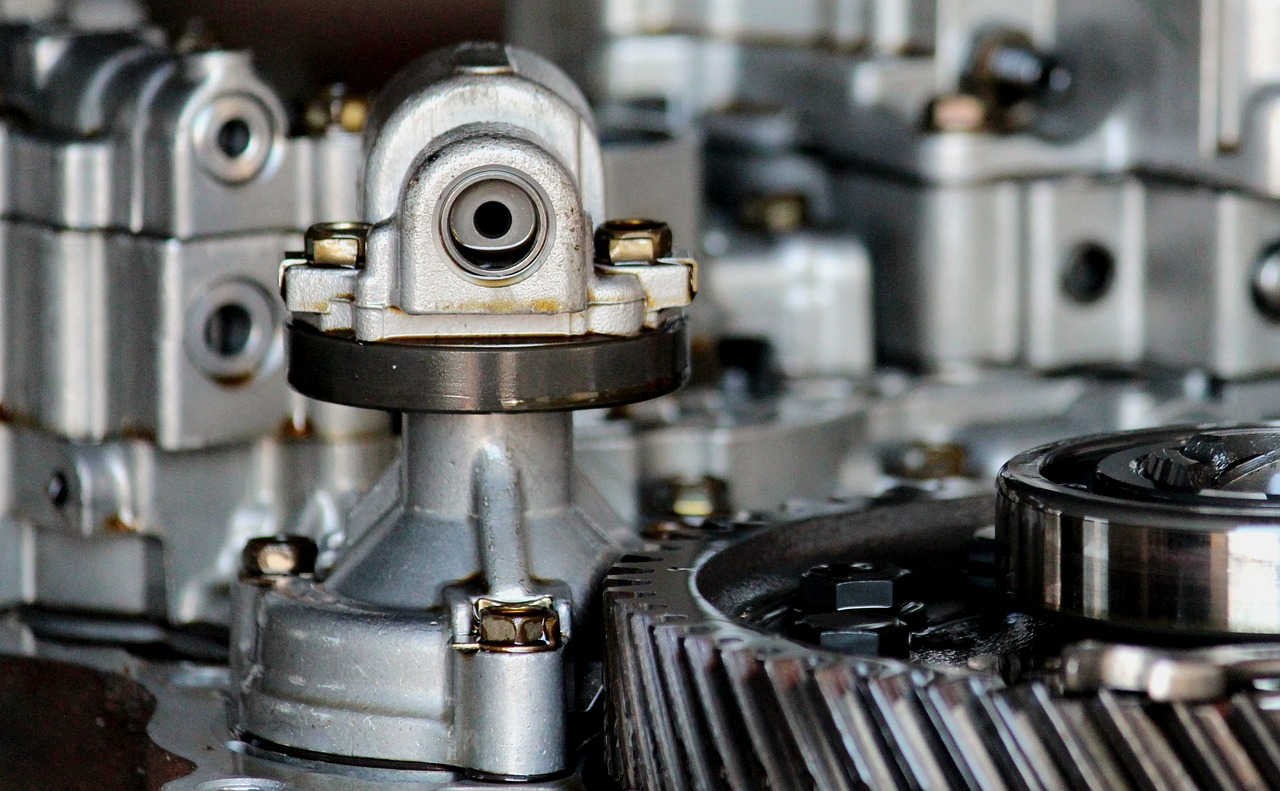Engine
The engine is the primary source of power for the transmision. It sends rotational energy to the transmision via a flywheel or flexplate, which contains several connecting rods that attach to the engine’s crankshaft.
Brakes
The brakes are responsible for slowing down the vehicle when needed. Pressing on the brake pedal activates a hydraulic system that transfers pressure to the wheels, causing them to slow down or stop.
Clutch
The clutch disengages power from the motor and transmision so that gears can be shifted. A pedal engages the clutch on the driver’s side of the vehicle. When the pedal is pressed, it releases the pressure plate, allowing gears to shift smoothly.
Battery
The battery is the power source for the transmision, providing energy to shift gears. It also offers current for other vehicle components such as lights and interior electronics.
Suspension
The suspension keeps the vehicle stable when driving. It consists of several components, such as shocks, struts, springs, and control arms, which help to absorb bumps in the road.
Transmission Fluid
Transmision fluid is a lubricant that helps reduce friction and heat in the transmision components. It also helps ensure smooth shifting between gears. The transmision fluid should be changed regularly to prevent any buildup of debris or dirt which can cause damage.
Exhaust System
The exhaust system carries away the gases from the motor. It consists of several components, such as the catalytic converter, muffler, and exhaust pipes, which help reduce emissions and noise levels.
Fuel System
The fuel system supplies the motor with gasoline or diesel. The system consists of several components, including the pump, injectors, and tank. These parts help deliver the right fuel to the motor for optimal performance.
Cooling System
The cooling system keeps the motor from overheating. Several components, such as a water pump and hoses, help circulate coolant throughout the motor.
Steering
The steering system keeps the wheels on track. The steer wheel, hydraulic pump, and tie rod ends make up this system and help the driver control the vehicle’s direction.
Tires
The tires provide traction and grip when driving. They also help to absorb bumps in the road and reduce wear on other components, such as suspension and braking systems.
Alternator
The alternator produces energy to power accessories such as interior lights and the radio. It also helps keep the battery charged so the vehicle can keep running.
Spark plugs
Spark plugs ignite the air-fuel mixture in the motor’s cylinders. They help ensure efficient combustion and optimal performance of the motor.
Radiator
The radiator helps keep the motor cool by transferring heat away from it. The radiator is filled with water and antifreeze, which helps reduce the motor’s temperature.
Drive belt
The drive belt transfer power from the motor to other components, such as the alternator, air conditioning compressor, and power steering pump.
Brake pads
The brake pads provide friction when the brakes are applied. They help to slow down and stop the vehicle when needed.
Air filter
The air filter traps dust and dirt particles from entering the motor. A clogged air filter can reduce motor performance and should be replaced regularly.
Wheel bearings
The wheel bearings help reduce friction between the axle and wheels. They also help to keep the vehicle stable when driving.
Oil
Oil helps to lubricate the moving parts of the motor and reduce friction. It also helps keep the motor clean by trapping dirt particles. Oil should be changed regularly to ensure the motor runs smoothly.
These components all work together to keep your vehicle running smoothly and efficiently. Regular maintenance, such as checking the tire pressure, and inspecting the braking system, should be done to ensure your vehicle stays in top condition.




